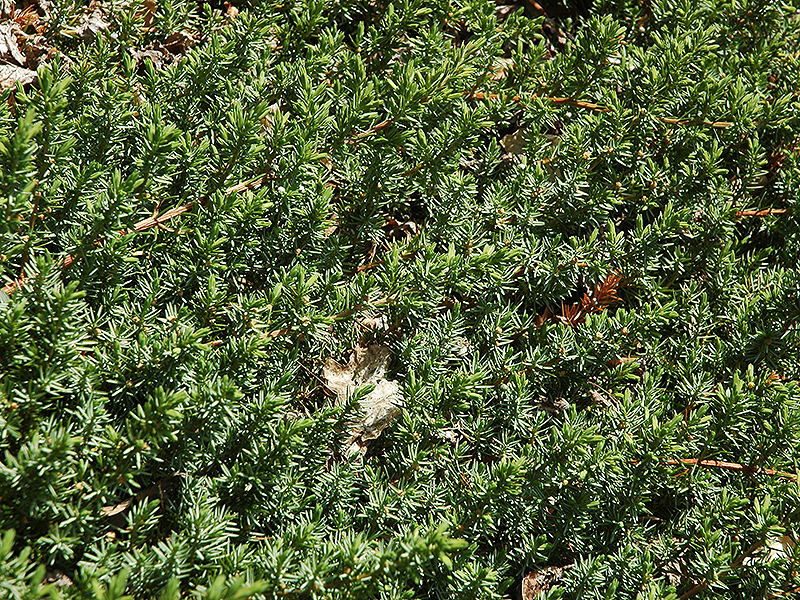| General Description | One of many J. horizontalis cultivars, ‘Wiltonii’ has made a name for itself since its discovery. The lowest growing of its species, it is the benchmark for other cultivars. Renowned for its low maintenance. |
| ID Characteristic | Dense forming ground cover with silver hued awl like foliage that turns purplish in the winter. Lower growing than other cultivars with visibility of plant limbs minimal. |
| Shape | Extends long branches over its surrounding area forming a low growing ground cover like a rug. |
| Landscape | Great groundcover, used for erosion control and looks great in planters, rock gardens and masses as well as cascading over retaining walls. |
| Propagation | Cuttings are taken in late autumn and winter then rooted into under mist. |
| Cultivation | Tolerates heavy, slightly alkaline soils. Container grown plants transplant with good rate of success into hot and dry conditions. Requires full sun. |
| Pests | Prone to juniper blight and spider mites. |
| Notable Specimens | The Niagara Parks Botanical Gardens, Niagara Falls, Ontario. |
| Habitat | Horticultural origin. |
| Bark/Stem Description | Reddish-brown and hardly visible due to dense foliage form. |
| Flower/Leaf Bud Description | Present in winter though inconspicuous. |
| Leaf Description | Soft textured, majority are scale like, roughly 5 mm long, ovate to oblong in shape with depressions on undersides, bright silver-blue colour fading to a light purple in winter. |
| Flower Description | Dioecious, inconspicuous with no ornamental value. |
| Fruit Description | Uncommon on cultivated specimens, bluish berry like cones found on recurved stalks, 2-3 seeds, roughly 75 mm across. |
| Colour Description | Bright silver-blue in spring and summer and gaining a purple tinge towards the winter, bark and flower colour limited due to dense foliage, fruit is small and blue in colour. |
| Texture Description | Medium to fine. |
